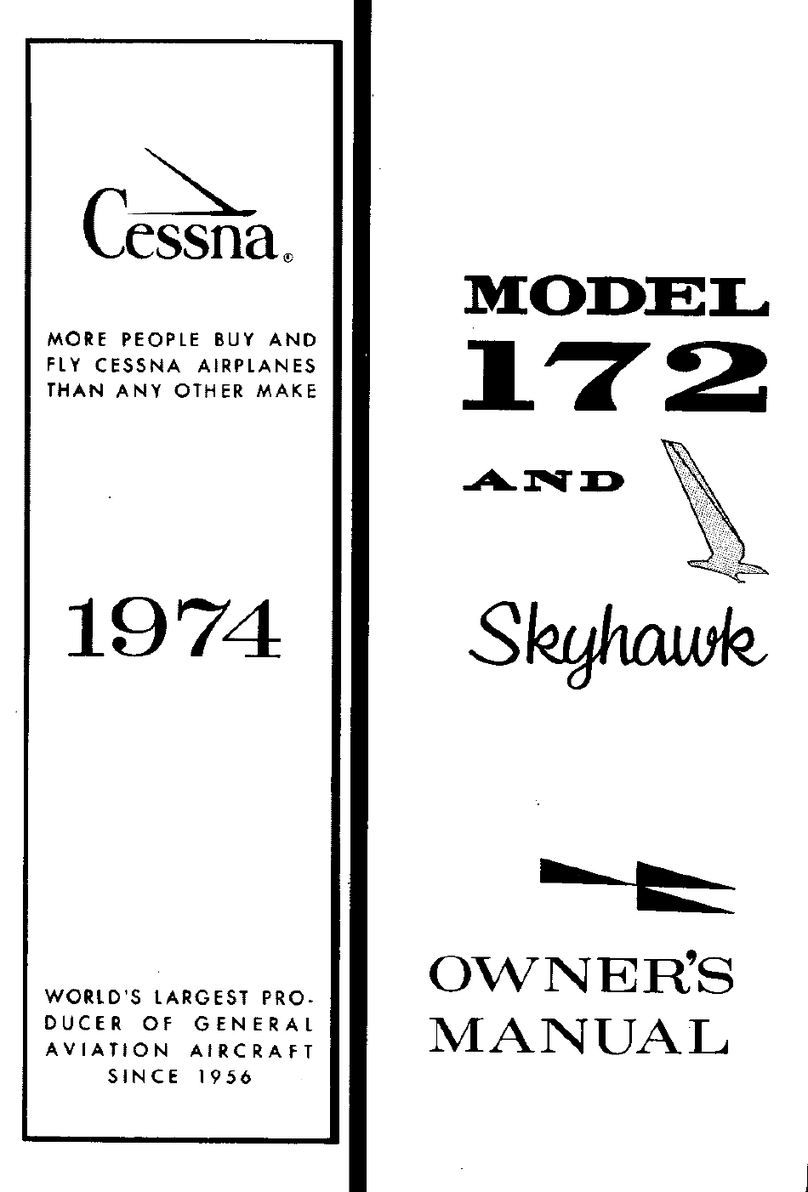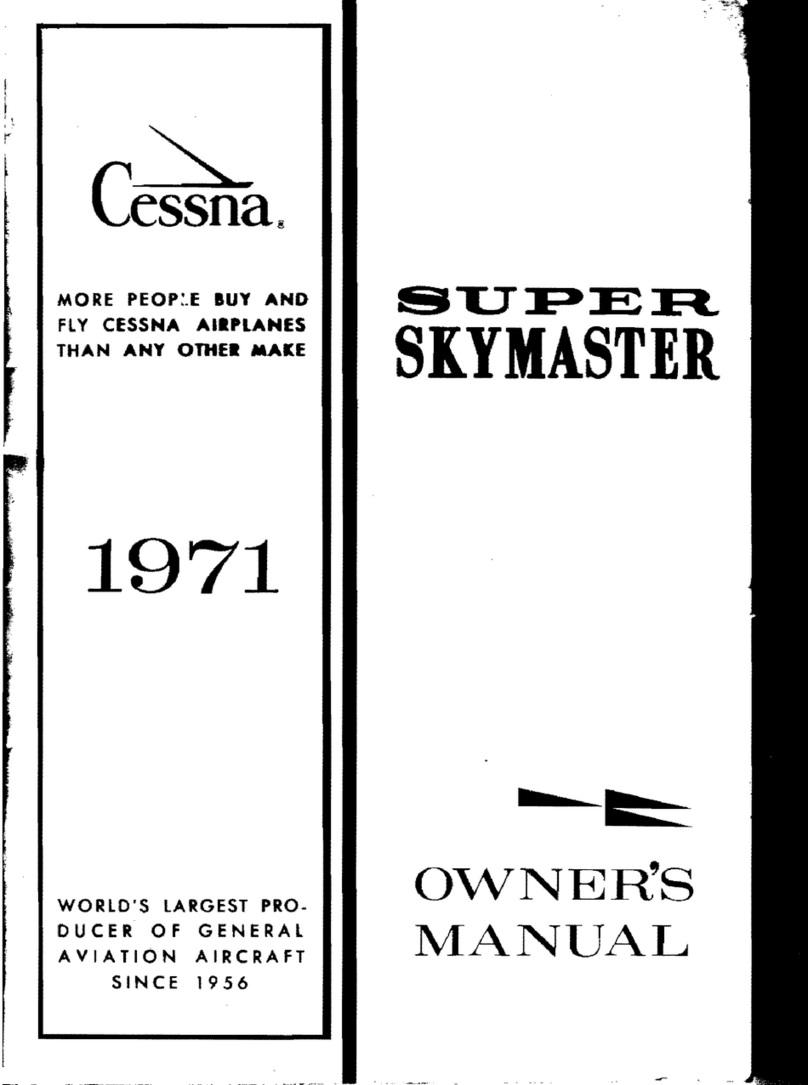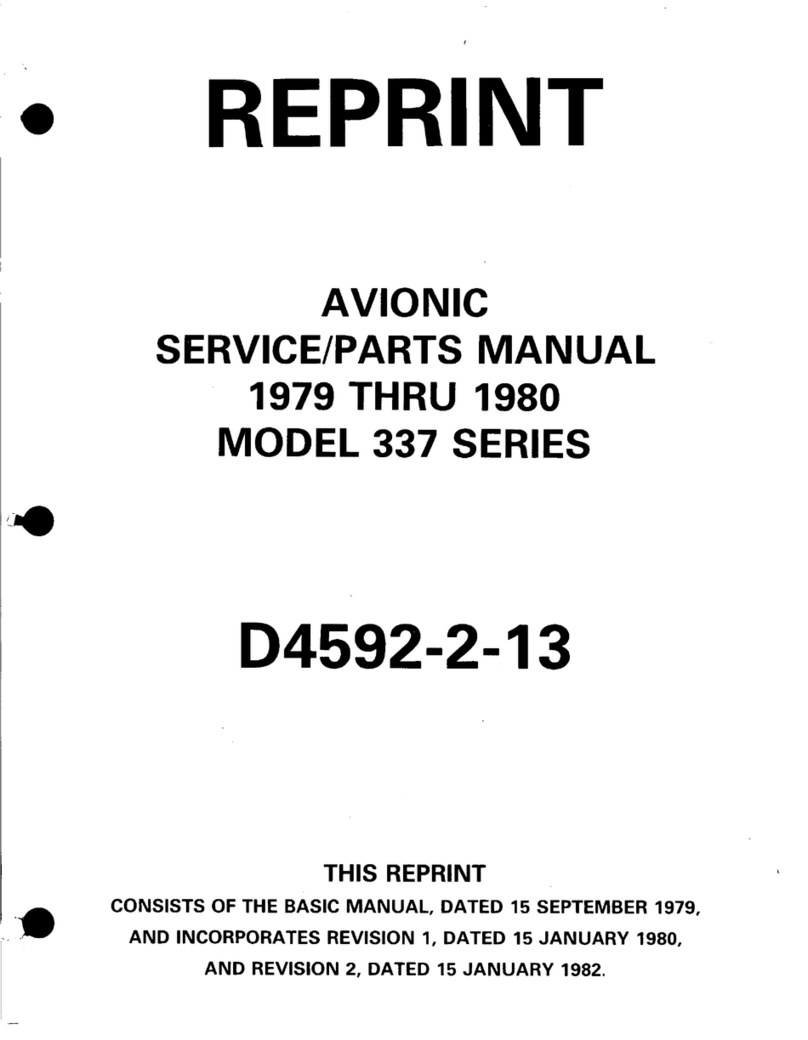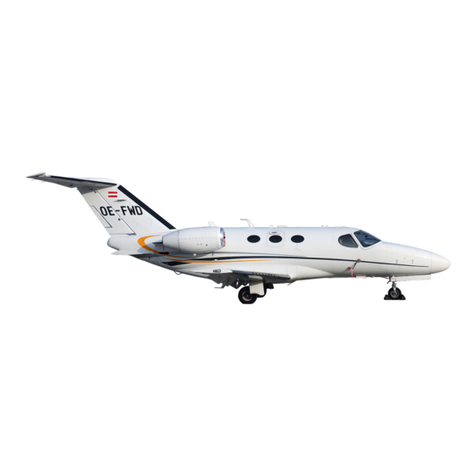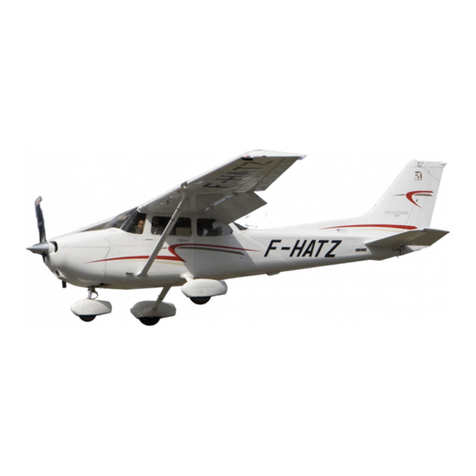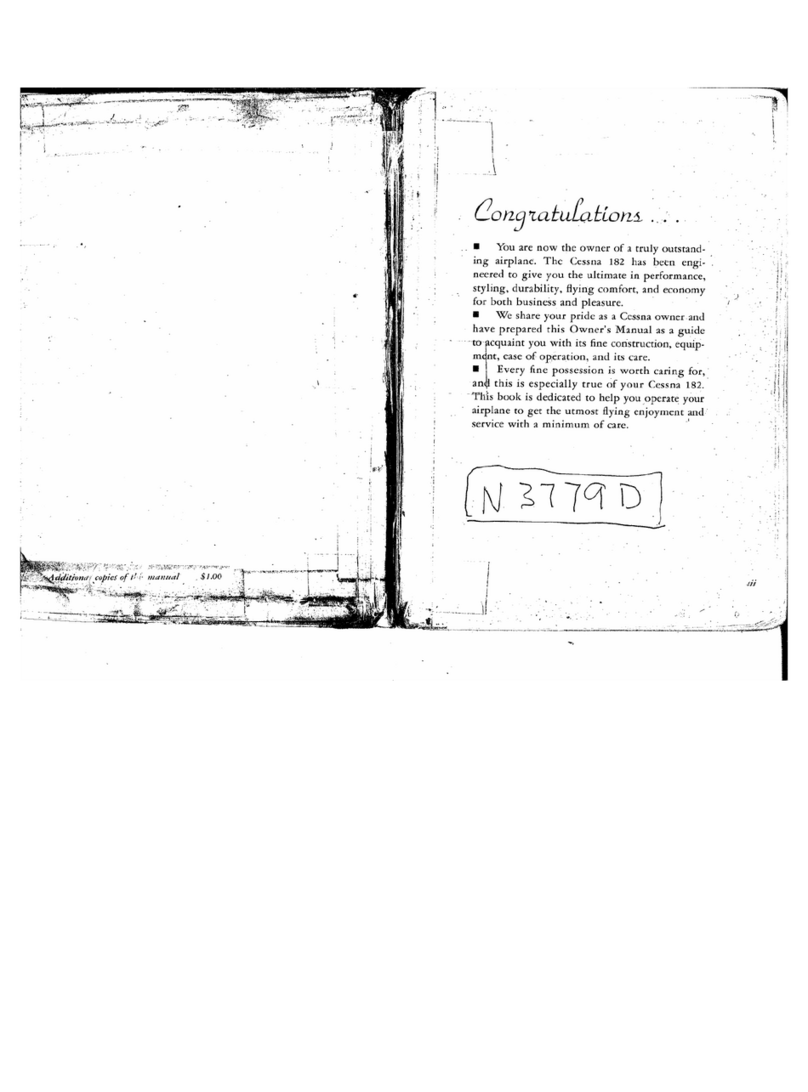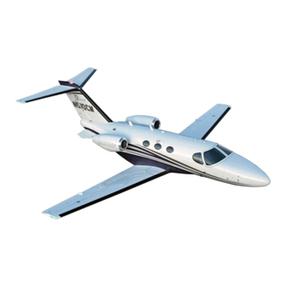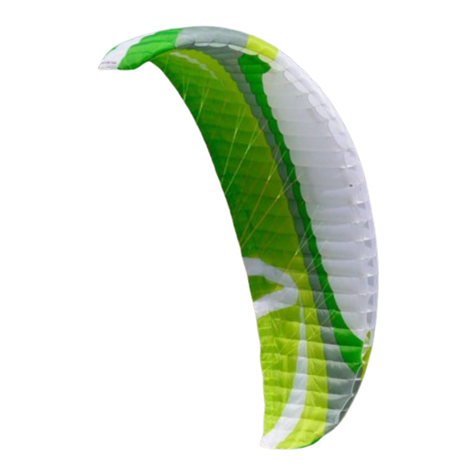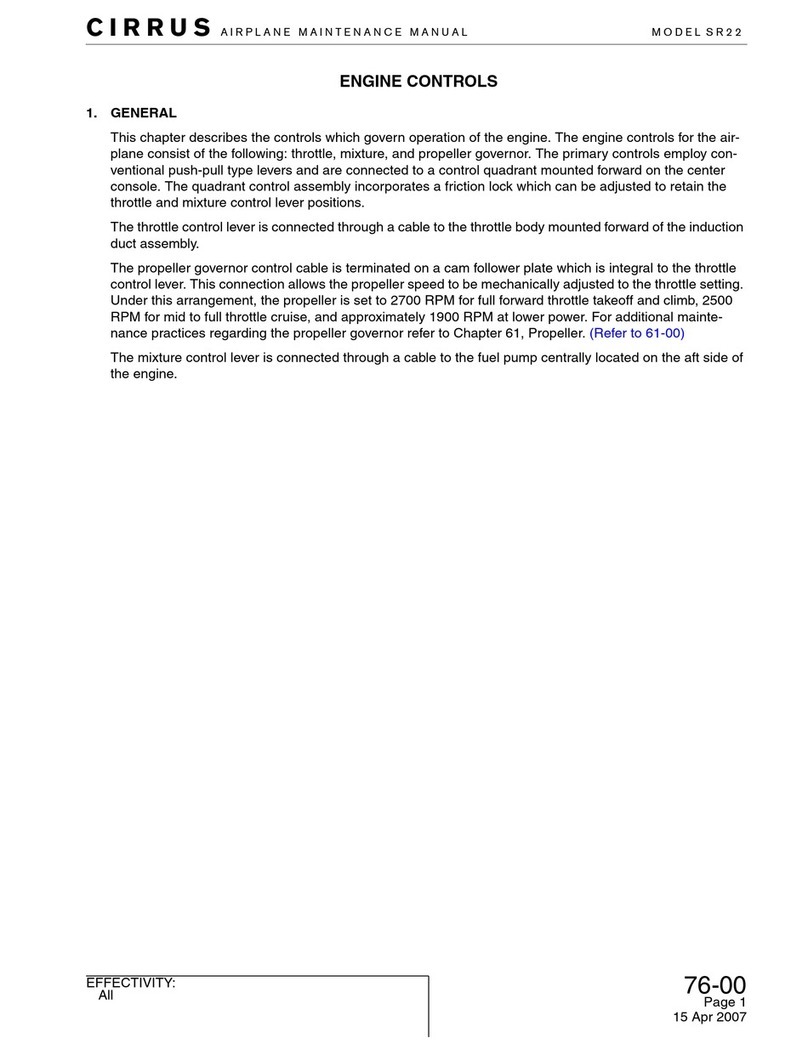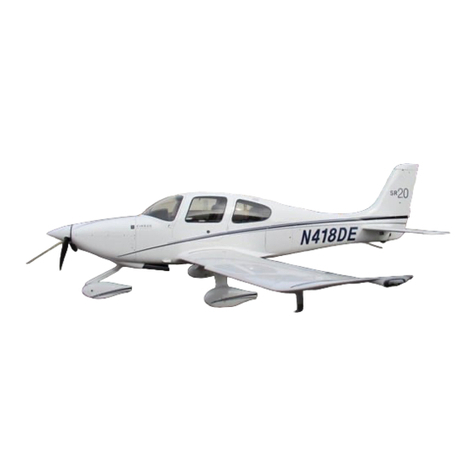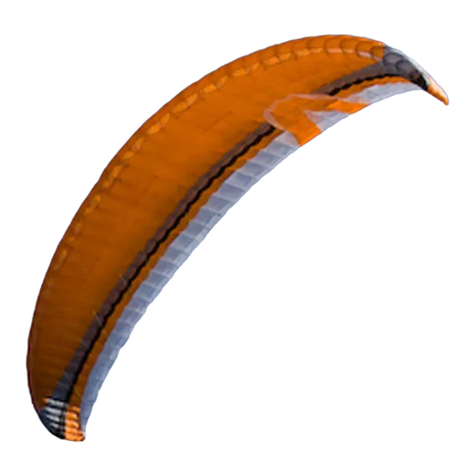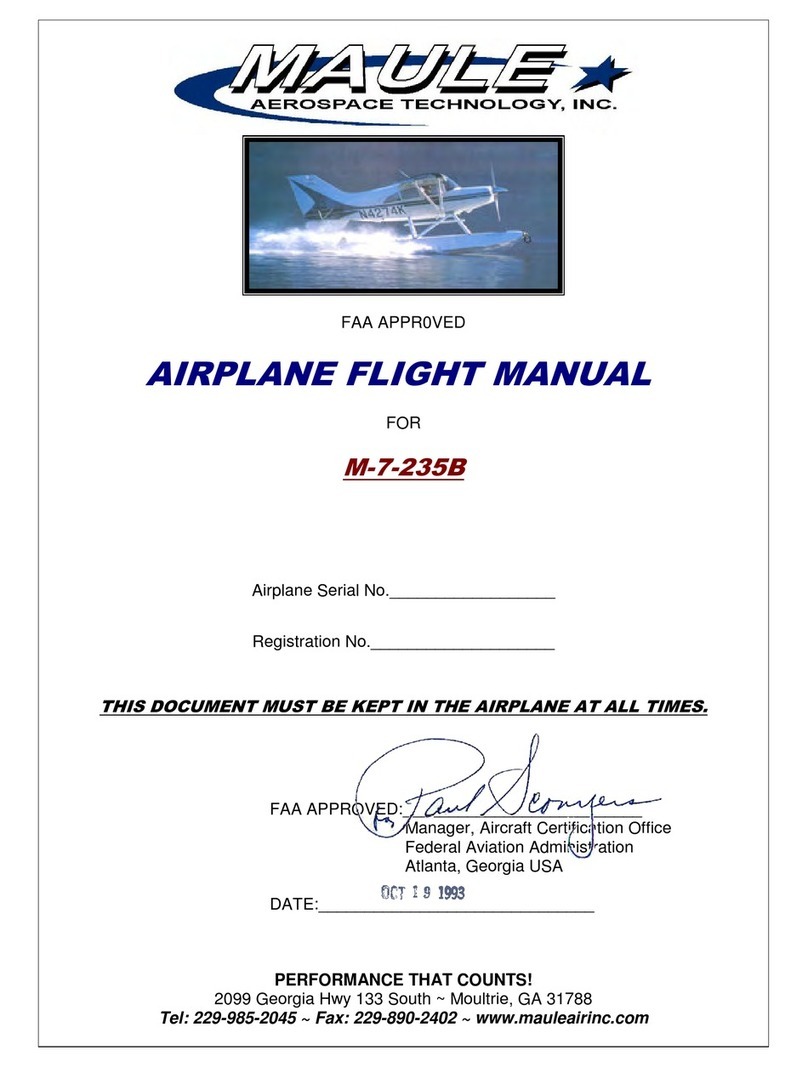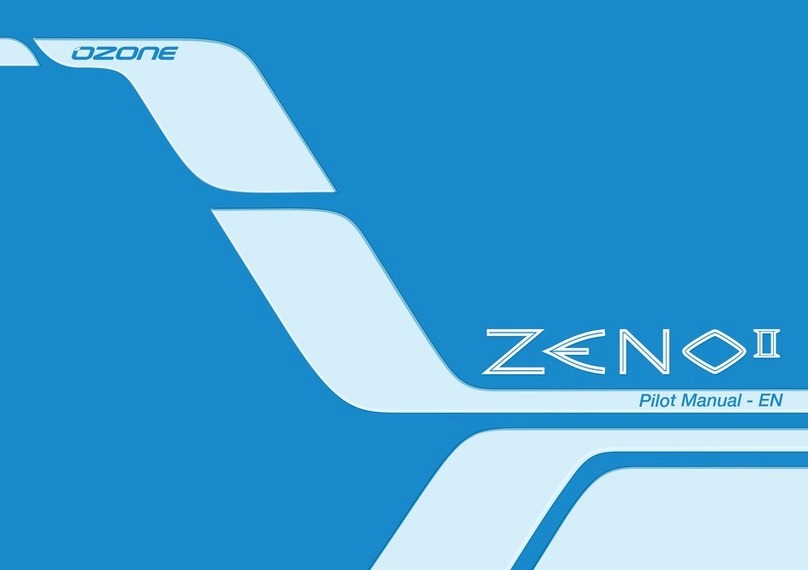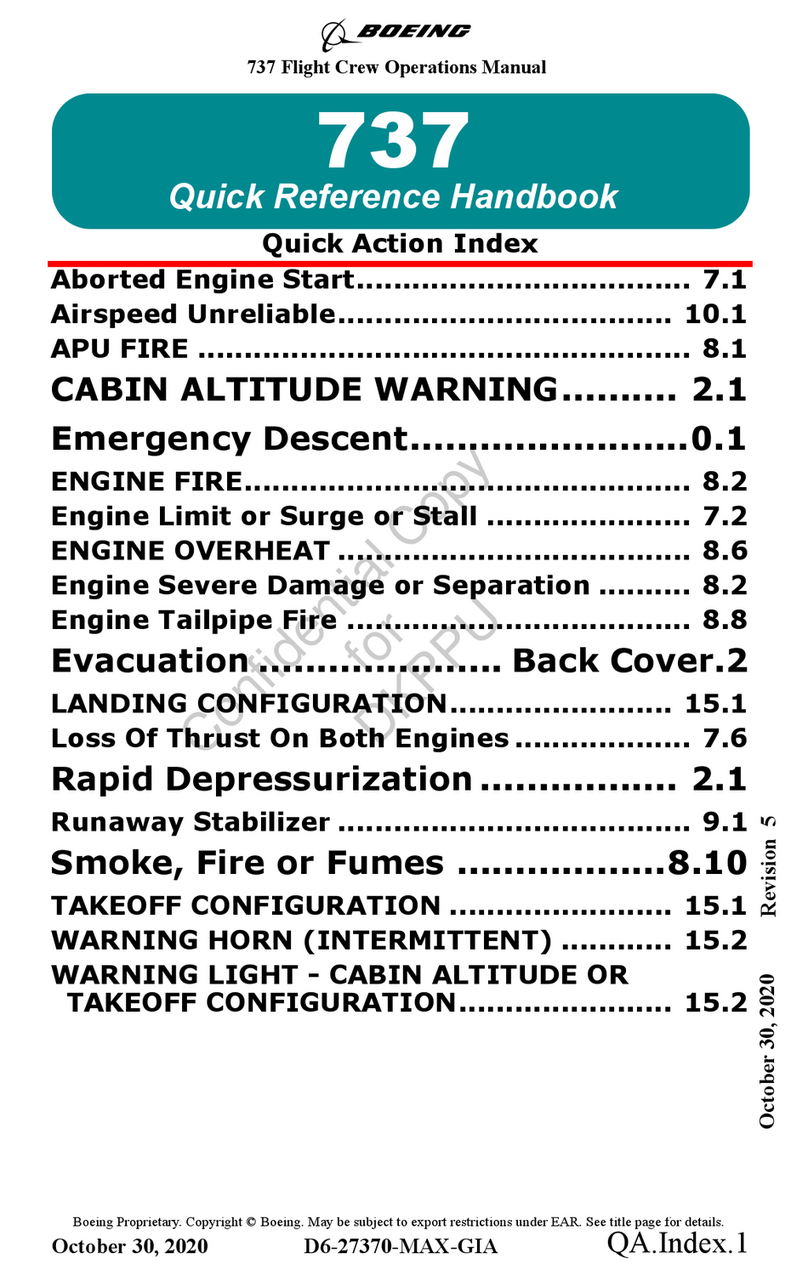
CONGRATULATIONS . . . . . . .
Welcome to the ranks of Cessna owners! Your Cessna has been designed and con-
structed to give you the most in performance, economy, and comfort. It is our de-
sire that you will find flying it, either for business or pleasure,- apleasant and
profitable experience.
This Owner's Manual has been prepared as aguide to help you get the most pleasure
and utility from your Model 172/Skyhawk. It contains information about your Cessna's
equipment, operating procedures, and performance; and suggestions for its servicing
and care. We urge you to read it from cover to cover, and to refer to it frequently.
Our interest in your flying pleasure has not ceased with your purchase of aCessna.
World-wide, the Cessna Dealer Organization backed by the Cessna Service Depart-
ment stands ready to serve you. The following services are offered by most Cessna
Dealers:
THE CESSNA WARRANTY -- It is designed to provide you with the most
comprehensive coverage possible:
a. No exclusions
b. Coverage includes parts and labor
c. Available at Cessna Dealers world wide
d. Best in the industry
Specific benefits and provisions of the warranty plus other important
benefits for you are contained in your Customer Care Program book
supplied with your aircraft. Warranty service is available to you at
any authorized Cessna Dealer throughout the world upon presentation
of your Customer Care Card which establishes your eligibility under
the warranty.
FACTORY TRAINED PERSONNEL to provide you with courteous expert
service.
FACTORY APPROVED SERVICE EQUIPMENT to provide you with the
most efficient and accurate workmanship possible.
ASTOCK OF GENUINE CESSNA SERVICE PARTS on hand when you
need them.
THE LATEST AUTHORITATIVE INFORMATION FOR SERVICING
CESSNA AIRPLANES, since Cessna Dealers have all of the Service
Manuals and Parts Catalogs, kept current by Service Letters and
Service News Letters, published by Cessna Aircraft Company.
We urge all Cessna owners to use the Cessna Dealer Organization to the fullest.
A current Cessna Dealer Directory accompanies your new airplane. The Directory
is revised frequently, and a current copy can be obtained from your Cessna Dealer.
Make your Directory one of your cross-country flight planning aids; awarm welcome
awaits you at every Cessna Dealer.
i
